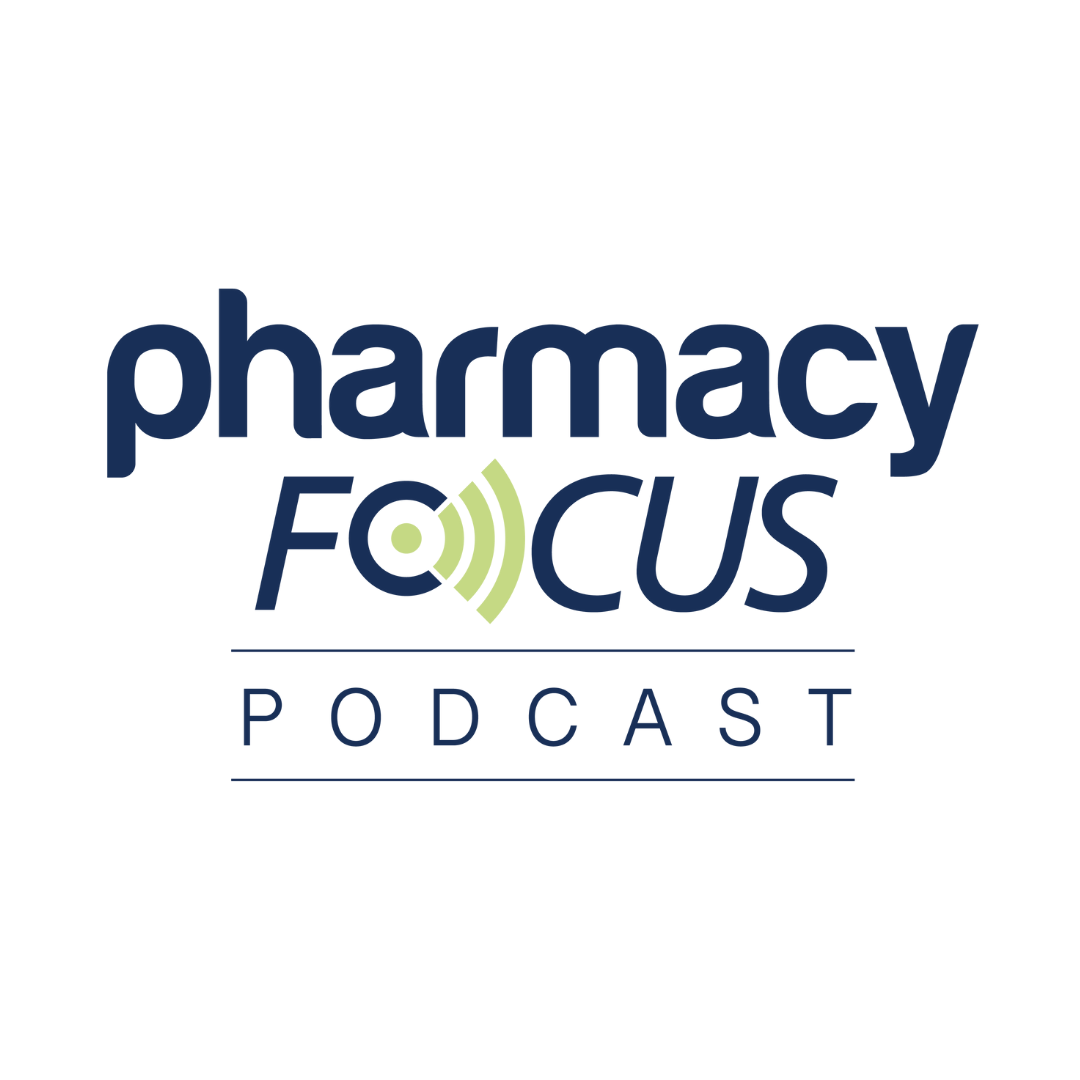
Article
Adverse Effect-Related Deaths Decline in United States
Author(s):
From 1990 to 2016, the rate of deaths due to adverse effects of medical treatment decreased 21.4% in the United States.
Total US deaths due to the adverse effects of medical treatment (AEMT) have risen since 1990, but its age-standardized rate among the population has actually decreased steadily in the same time.
In a new cohort study published Friday, investigators from the University of Washington reported that from 1990 to 2016, the rate of deaths due to AEMT per 100,000 population has dropped from 1.46 (95% UI: 1.09-1.76) to 1.15 (95% UI: 1.00-1.60), respectively. The 21.4% decrease (95% UI: 1.3-32.2) offsets the overall increase of exactly 1000 deaths between 1990 and 2016, as investigators note this may largely be due to rising population over that time.
The study also details a disparity of decrease in AEMT death rates among the 50 states and District of Columbia—states such as New York reported a 33% (-47.8 to -8.2) decrease, while others such as Oklahoma reported a decrease of just 4.4% (-18.1 to 11.6). Investigators believed the severe state-to-state differences could reflect regional differences in care safety and quality, consistent with previous comparative research.
“Variation in health care utilization may be a contributing factor as well,” they wrote. “Given that surgical and perioperative AEMT is the most common subtype of AEMT, the southeast region’s higher AEMT mortality estimates may be accounted for by the area’s higher-than-average surgical volume, representing more opportunities for harm to occur.”
University of Washington investigators did not respond to requests for comment on the study at the time of publication.
Using data from the Global Burden of Diseases, Injuries, and Risk Factors (GBD) 2016 study, investigators sought to compare original rates of AEMT mortality reported as far back as 3 decades ago, including the Institute of Medicine’s 1999 landmark report which estimated that 44,000 to 98,000 annual deaths can be accounted towards medical errors.
Such analyses have progressed in public rhetoric to present medical errors as one of the most significant drivers of death in the US. A 2016 analysis of death rate data spanning 8 years by a team at Johns Hopkins Medicine reported that 250,000-plus deaths in the US annually are the result of medical errors—making it the third leading cause of death behind heart disease and cancer.
The team from University of Washington noted the difficulties in gauging the previous state and progress of AEMT-associated death across greater regions. That said, they cited the GBD study as the “most comprehensive source of comparable information on the levels and trends of health loss across all disease and injuries throughout the world.”
In assessing for AEMT’s association in person’s ‘cause-of-death chains,’ from 1980 to 2014, investigators found adverse effects were prevalent in 2.7% of all deaths—indicating AEMT is a contributing cause for an additional 20 deaths per each death it served as the underlying cause.
Rates of death caused by AEMT among men and women showed no significant differences, but investigators did find extreme disparities among age groups. Per 100,000 population, persons aged 70 years or older reported 7.93 deaths (7.23-11.45), versus just .38 deaths per persons aged 15-49 years. Persons aged 50-69 years reported 1.68 deaths per 100,000.
“The vulnerability seen in elderly individuals has been well demonstrated in several areas, including adverse drug events and postoperative complications,” investigators wrote.
In assessing for the underlying causes of AEMT-driven deaths, investigators reported that almost two-thirds (63.6%) were due to surgical and perioperative adverse events. The remaining deaths was due to medical management (14%), adverse drug events (8.9%), misadventure (8.5%), adverse events associated with medical or surgical devices (4.5%), and other AEMT (0.5%).
Investigators concluded the reduction in AEMT-driven death over 26 years was a modest one, though the wider state-by-state disparities may give further research leverage to understand better and worse practices in reducing the morbidity surrounding adverse events and medical errors.
They advocated for the inclusion of GBD data in whatever follow-up assessments are developed.
“It may be a particularly powerful tool to assess high-level trends over time and place AEMT in context with other causes of mortality,” investigators wrote. “Further work is needed to understand differences from GBD estimates to other AEMT detection approaches.”
The study, "Association of Adverse Effects of Medical Treatment With Mortality in the United States," was published online in JAMA Network Open.
This article was originally published by MD Magazine.
2 Commerce Drive
Cranbury, NJ 08512
All rights reserved.





